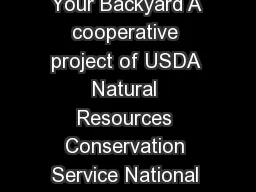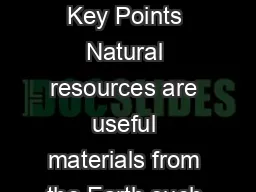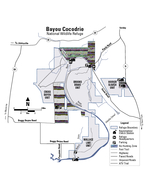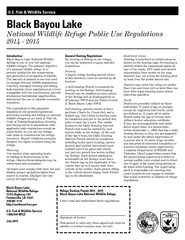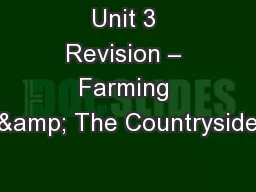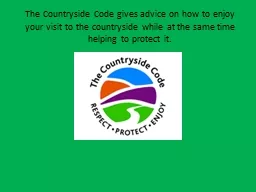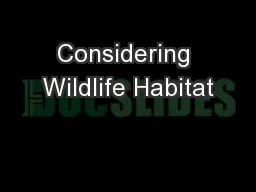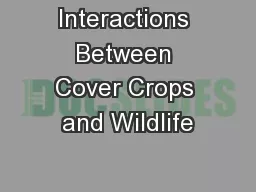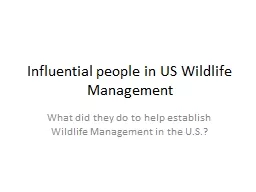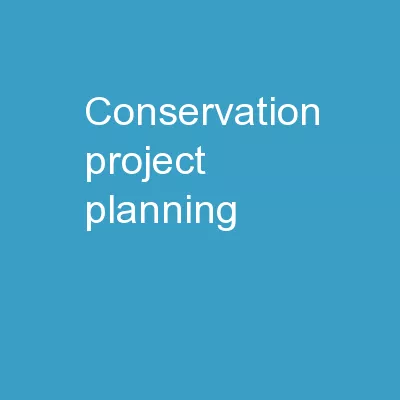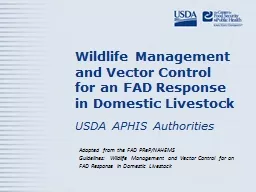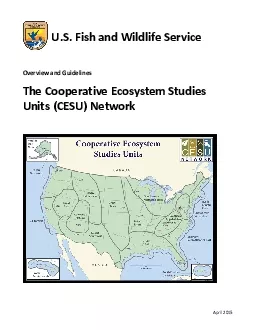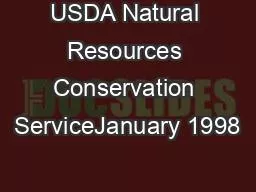PDF-Bringing Conservation From the Countryside to Your Backyard A cooperative project of USDA
Author : tatyana-admore | Published Date : 2015-02-21
You can join their conservation tradition right in your own backyard There are nearly 2 billion acres of land in the United States About 70 percent of that land
Presentation Embed Code
Download Presentation
Download Presentation The PPT/PDF document "Bringing Conservation From the Countrysi..." is the property of its rightful owner. Permission is granted to download and print the materials on this website for personal, non-commercial use only, and to display it on your personal computer provided you do not modify the materials and that you retain all copyright notices contained in the materials. By downloading content from our website, you accept the terms of this agreement.
Bringing Conservation From the Countryside to Your Backyard A cooperative project of USDA: Transcript
Download Rules Of Document
"Bringing Conservation From the Countryside to Your Backyard A cooperative project of USDA"The content belongs to its owner. You may download and print it for personal use, without modification, and keep all copyright notices. By downloading, you agree to these terms.
Related Documents

